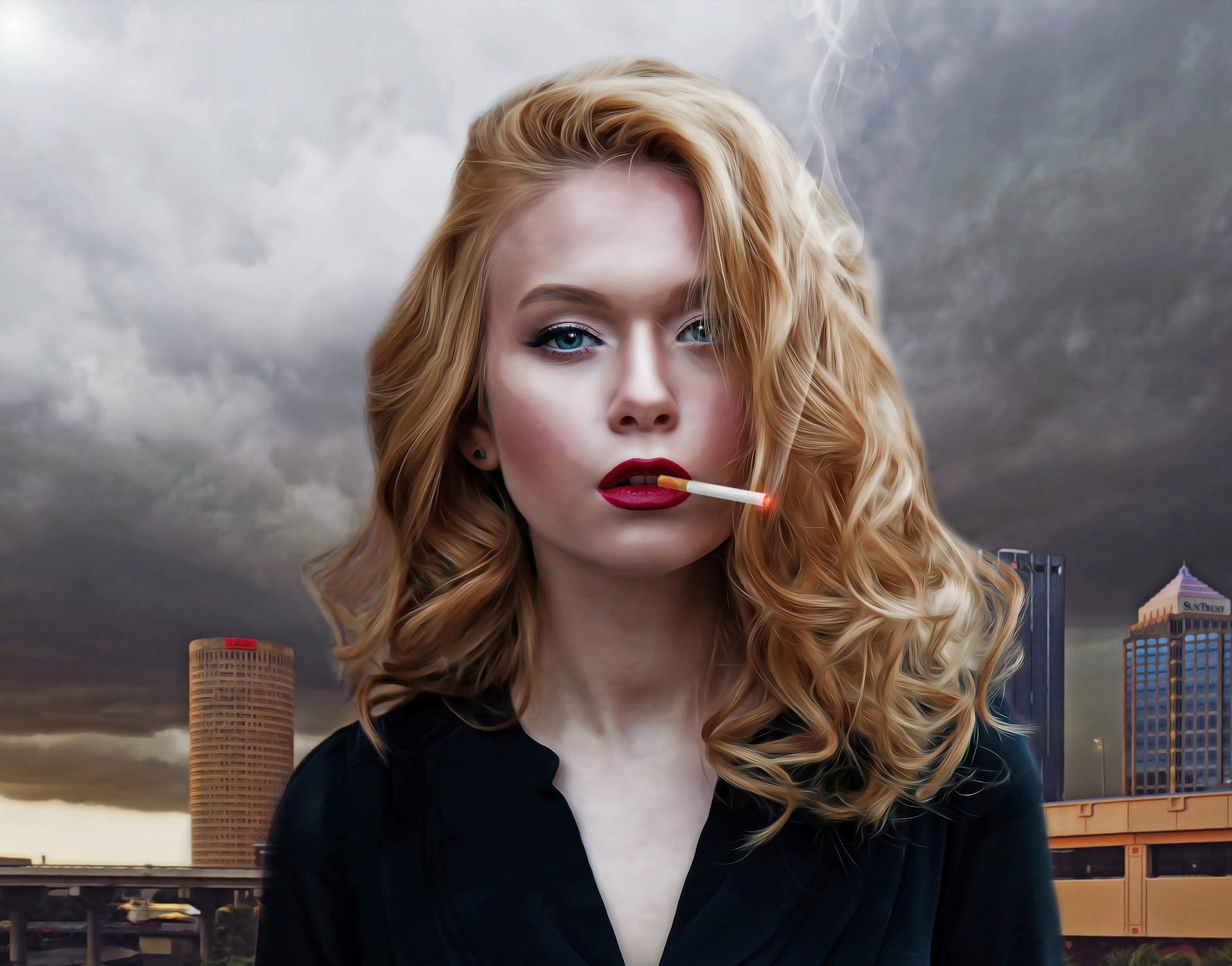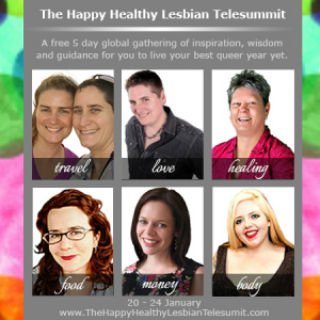 How women are queering one of the last bastions of male authorship.
How women are queering one of the last bastions of male authorship.
“This book was absolutely great, if you can get past the unusual love scenes.”
That was the first homophobic review I received of my second book, THE KILL CLUB, which follows a lesbian protagonist into the machinations of an underground murder club.
The book features death, domestic violence, and assault, but the PG-13 love scenes—that’s what this reviewer found “unusual.”
I wasn’t bothered; I was expecting worse. When I sold this book, I felt like I had gotten away with something. My acquiring editor was also a queer woman, and it was like a silent high five between us, sneaking this gay protagonist into mainstream fiction in a genre that tends to be very straight (and, it’s worth noting, very white).
I sat down with four other authors to have a chat about exactly this. I have so much respect for these women; they’re talented, driven, and kind, and they all identify as queer.
I asked them how they felt about the current climate in crime fiction; how they felt LGBTQIA+ characters are treated, and what would they like to see more of. Their answers were thoughtful, timely, and spoke to some larger issues about diversity and representation.
Too often, queerness is used as a plot device or a tool for characterization of a straight main character. Also, men aren’t any better at writing queer women than they are writing straight women; just because queer women and straight men both like women doesn’t mean they think the same way (Stieg Larsson, ahem).
We live in a political moment where we have to wonder if our actual rights are going to be taken away, so it’s not a shocker that fiction is kind of the same way. At the same time, crime novels are social novels, so often these are stories that take place on the edges of society and concern issues that are buried deep–so there’s a natural alignment between queer stories and crime fiction.
Yes, it’s true that queer people are more likely to be the victim of violent crime than straight people, it’s a statistical fact. That is a story that needs to be told. But it needs to be told the right way, by the right writers.
LGBTQ+ publishers like Bold Strokes, Bella Books, and Bywater Books put out a lot of fantastic work, but these books aren’t as widely distributed as those from bigger publishing houses, which ultimately means fewer readers discovering them.
We need more realistic portrayals of bisexual characters in crime fiction. It’s very difficult to find books where these characters are represented. Seeing these characters struggle with their day jobs, crime, and the misconceptions about being bi-sexual in the world would make for a very welcome addition to the genre.
I want to see more strong LGBTQ characters in crime fiction as leads, not as victims. So frequently members of the LGBTQ community are only shown in fiction as victims of terrible crimes, and yes, unfortunately a lot of these stories are weaving real stories into a fictional world. But there are LGBTQ members of law enforcement, there are those in the community that fight every day to be seen, to be heard—I want to see them represented.
Representation is getting better all the time, in most genres and categories of fiction, but I still occasionally see crime novels where queer characters seem to be included just for “edge” or shock value, or even stories where their queerness or gender identity is used as part of some supposedly-clever plot twist. I’m not offended by it particularly, I’m just bored with it. It’s cheap, lazy writing.
What I want more to see than anything are more queer authors on the shelves! It’s great to see more heterosexual authors include LGBTQ+ characters in their fiction too, but they’re never going to have the fundamental authenticity that queer authors bring to the page, just by virtue of our lived experience. Also, as a bisexual woman, I’m always eager to see more bi characters written by fellow bi authors.
While it does need more diversity, crime fiction has a wonderful, long-standing tradition of supporting queer women writers including two of my favorite grande dames — Val McDermid and Patricia Cornwell. Cringe-worthy representations of queer characters are few and far between these days and there is a new wave of queer women writers (see the other women included here!) producing a wonderful diversity of characters.
Representations of queerness in crime fiction have moved away from stereotypical, one-dimensional characters, and I’m incredibly heartened to see the slow but steady influx of complex, realistic queer characters in modern crime fiction. I think authors feel more free to introduce queer characters when, 15 or 20 years ago, a queer character would have been seen as a risk. Sadly, they are still often supporting characters so it would be great to see more queer main characters.
Crime fiction has historically been a breeding ground for archetypes: the tough guy PI; the dead blonde; the unreliable female witness; the urban neighborhood home to people of color through which the detective navigates.
Many crime fiction authors are working to upend those archetypes, introducing women into leading roles traditionally occupied by men (Kristen Lepionka’s The Roxane Weary series), centering those urban neighborhoods (Joe Ide’s IQ), and casting LGBTQIA+ characters in active, leading roles rather than solely as victims of violent crime. To be fair to that early reviewer, the love scenes in THE KILL CLUB are unusual, but they shouldn’t be. Hopefully, soon enough, they won’t be.


